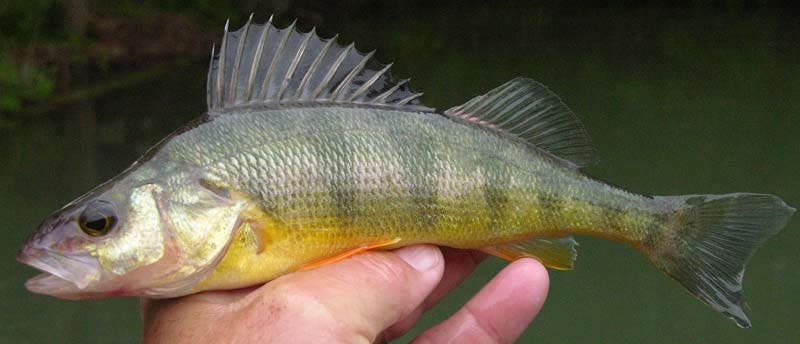Today, ray-finned fish make up 99% of all fish species, but it wasn’t always like this. In an attempt to find out what triggered this spectacular multi-niche dominance, paleontologists traveled back in time sort of speak and analyzed ancient fossils to see what the fish diversity makeup looked like millions of years ago. Intriguing enough, the ray fish practically exploded in their diversity right after the last great mass extinction which occurred 65 million years ago. An asteroid impact wiped out thousands of species, including all dinosaurs. But there was now enough room for other creatures to take their place. On land, mammals started filling in the large-scale niches eventually reaching a dominant position. In the water, it was the ray-finned fish that seized the opportunity.

In contrast to cartilaginous fish (sharks, rays, skates), ray-finned fish (Actinopterygii), as the name suggest, have their fins supported by a rigid skeleton. as the name indicates. These fin rays are sometimes known as lepidotrichia. About half of all vertebrate species are ray-finned fish and know about 24,000 species, with new ones added regularly. Ray-finned fish vary in size from very small, like the Paedocypris progenetica (the smallest vertebrate in the world measuring only a third of inch long), to very large like the ocean sunfish (Mola mola), which can be up to 12 feet long and weigh over a ton.
It’s quite difficult to find and interpret Actinopterygii fossils due to preservation considerations. So, researchers at the Scripps Institution of Oceanography, University of California had to think outside the box for a moment. Instead of hunting for fossils one at a time, they drilled marine sediments and took samples from six sites around the world, including the Atlantic and Pacific oceans. They then determined the ratio of fossilized teeth from ray-finned fishes to the fossilized scales from another major group of fish: sharks (ichthyoliths).
[RELATED] Ancient 420-million-year-old fossil hints of bony fish and cartilaginous fish common ancestor
At the end of the Cretaceous, some 66 million years ago, sharks heavily outnumbered ray-fined fish. Then, after the asteroid crashed into the planet, the ratio of these ray-finned fish remains shot up dramatically, quickly outnumbering those of sharks. But shark species didn’t go extinct – the numbers stayed more or less flat. Most likely, the extinction event killed off a lot of marine species, including the thriving ammonites which competed with fish for food. Left enough room to expand, ray-finned fish quickly climbed the evolutionary ladder, as reported in the Proceedings of the National Academy of Sciences.






